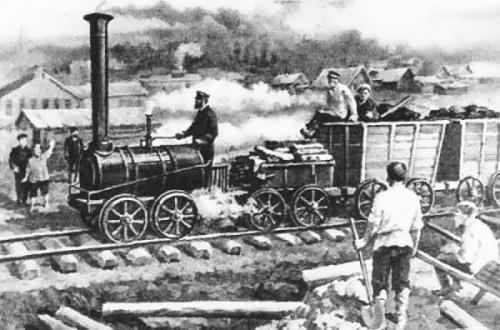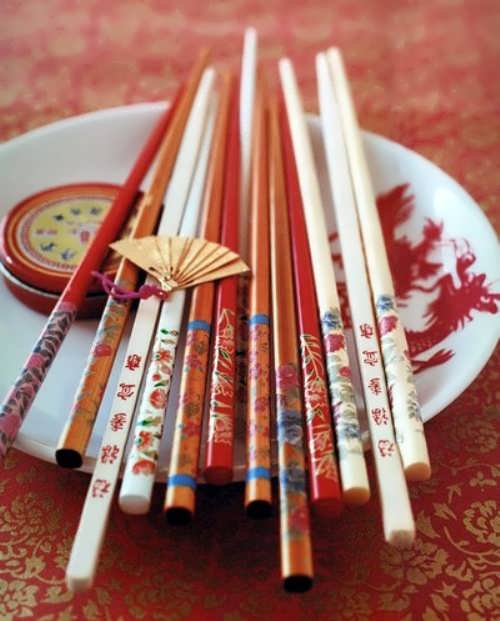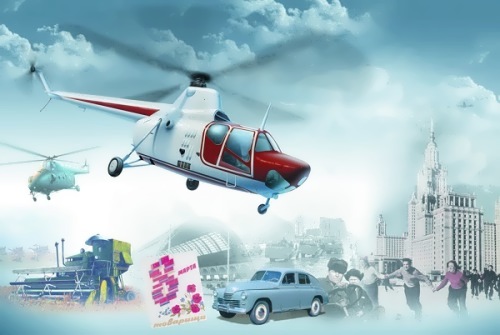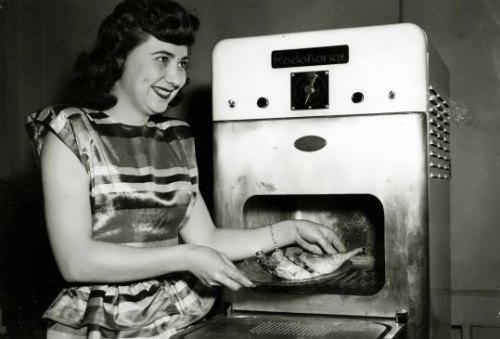History of telegraph
Telegraph was a wonderful instrument. Now it seems a fossil in the world of developed computer technologies. But when it was invented it was a real miracle. At first people would not believe that messages could possibly come over a wire. They waited until the mails brought the same news before they would believe it.
It was Samuel Morse who invented telegraph. He had studied both painting and sculpture and expected to earn his living as an artist. Morse tramped from town to town, painting portraits for a living for himself and his three children. However, he was thinking of different inventions. Once, Morse thought that messages could be sent by electricity and began working on his invention. He worked on it for twelve years. He also had to invent an alphabet to use in sending telegrams. It consisted of dots, dashes, and spaces.
“What hath God wrought!” was the first message sent by telegraph. By the end of the nineteenth century, most of the world was connected by telegraph lines. In 1842 Morse laid the first underwater conductor in New York Harbor.
More »






